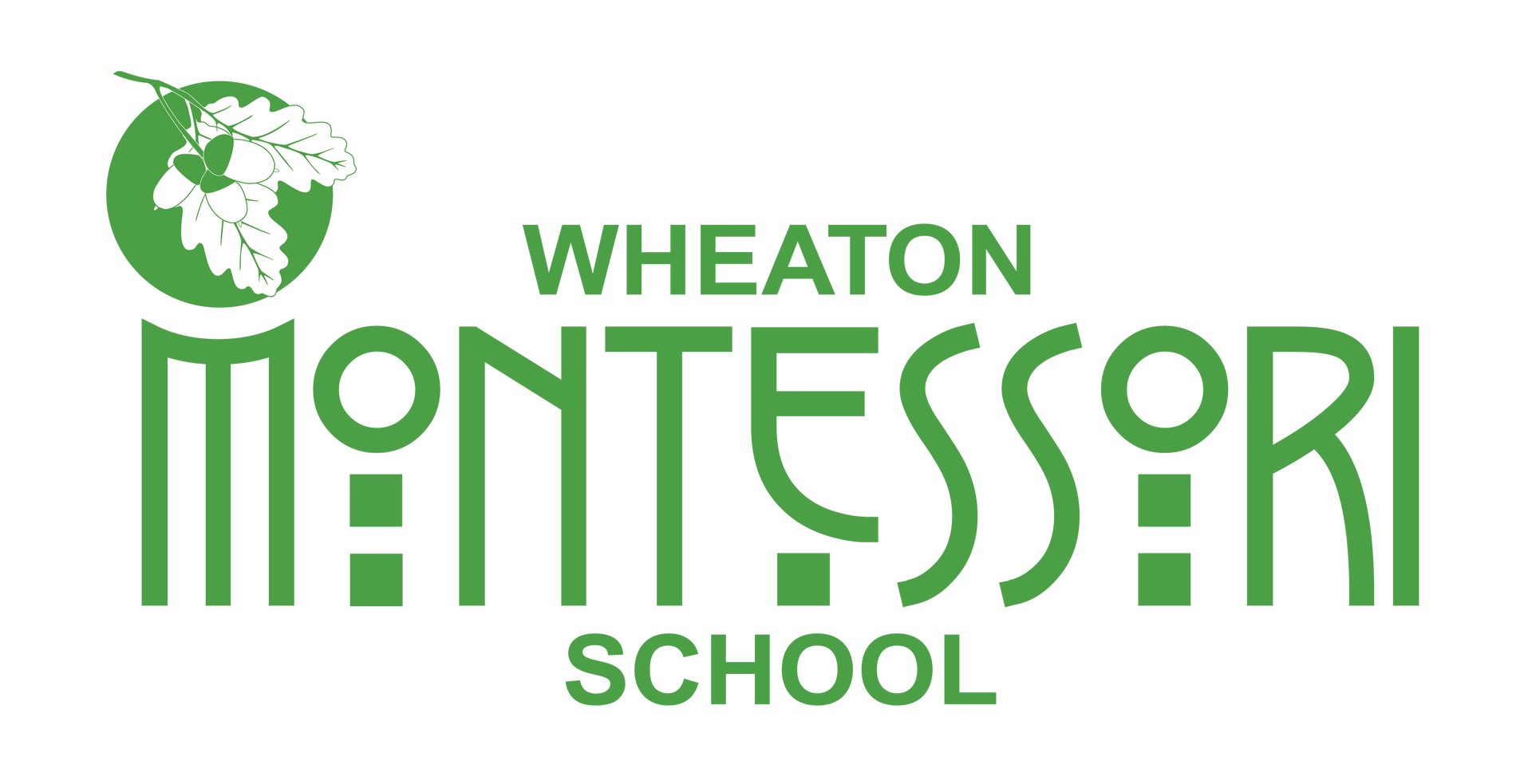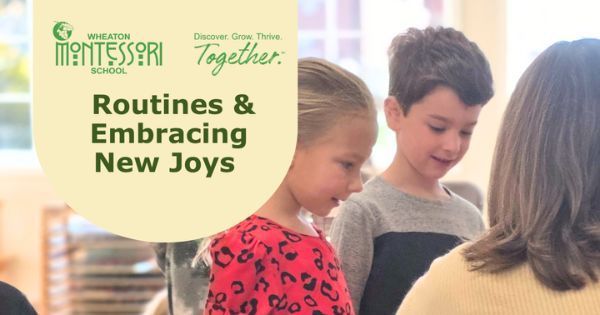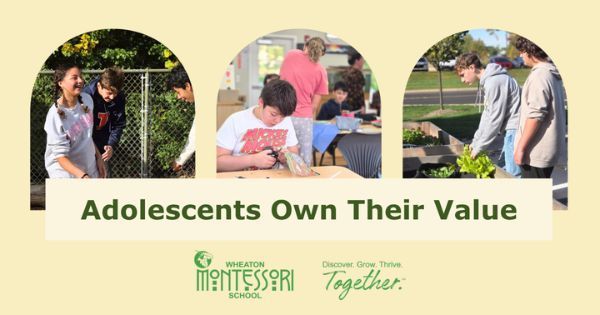
Do you remember your surprise when you saw our gym for the first time? Our buildings are bigger than they appear from Gary Avenue. It’s not only our main building that is surprising. Our whole campus is larger than it appears! Our campus includes a native rain garden and a 1-acre wetland.
Our wetland offers great opportunities for students to run experiments, have science lessons, identify native and invasive plant species, and discuss and observe wetland restoration. Students are always eager to find and study native amphibians (American toads, bullfrogs, leopard frogs, and the elusive tiger salamander).
We use our wetland to cultivate an awareness of and rethink our relationships within natural communities locally and beyond. We can investigate the history of human impact (settlement, development, etc.) on these environments, ecological succession, loss of biodiversity, and how they are being managed/restored today.
This environment has also been the focus of classroom work. Elementary students have headed to the wetlands to search for butterfly eggs and other insects, survey invasive plants, and help clean up litter and debris that lands in the environment. One adolescent student project this past year researched nature and its relationship to mental health. Whether it is academic or service-based in focus, our students always benefit (like all of us) from time spent outdoors observing and enjoying nature.


